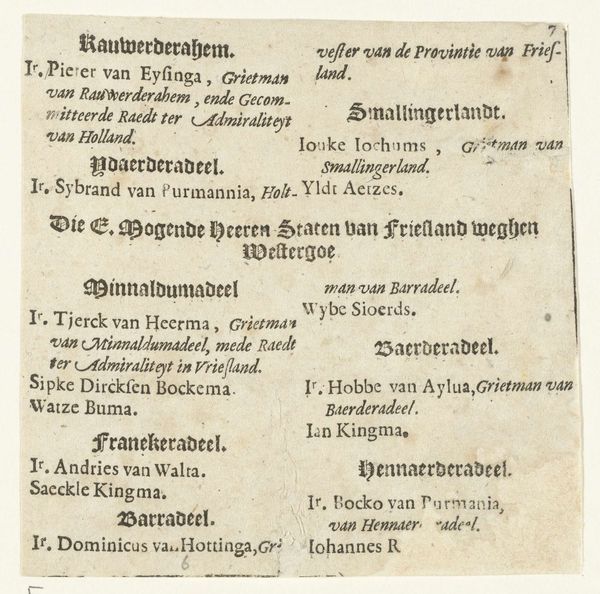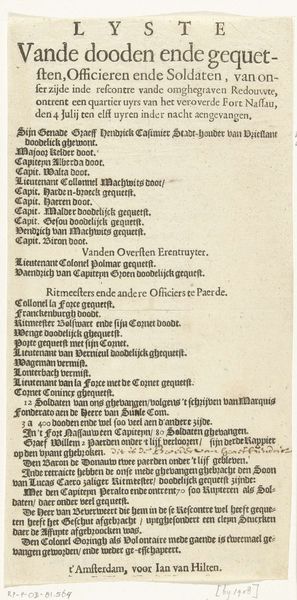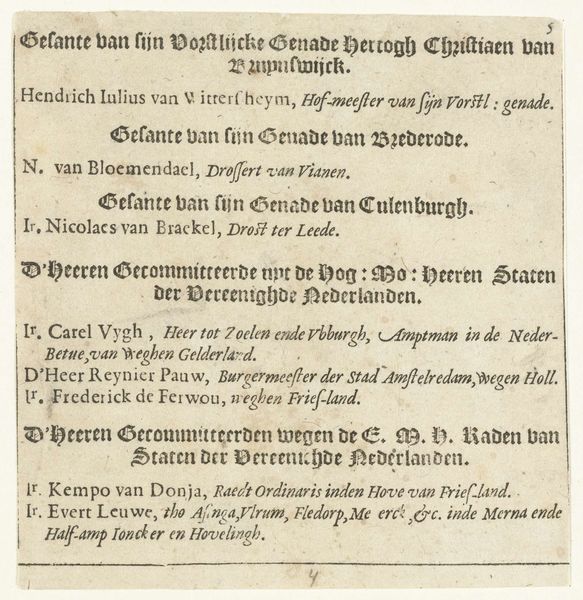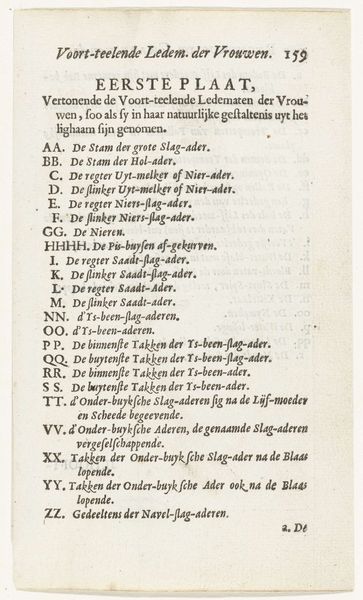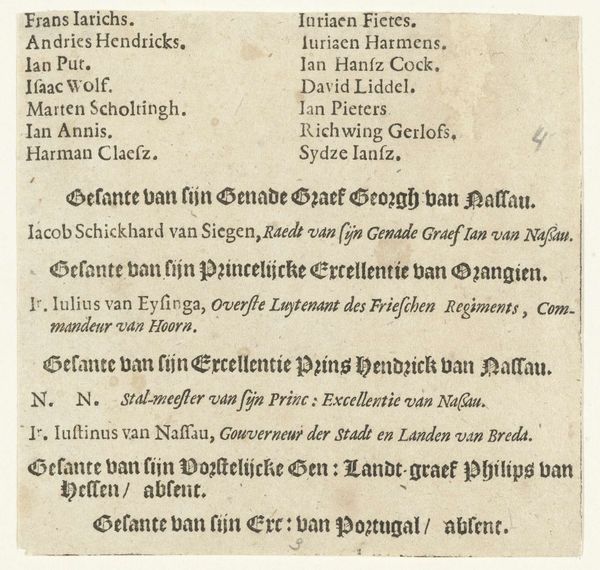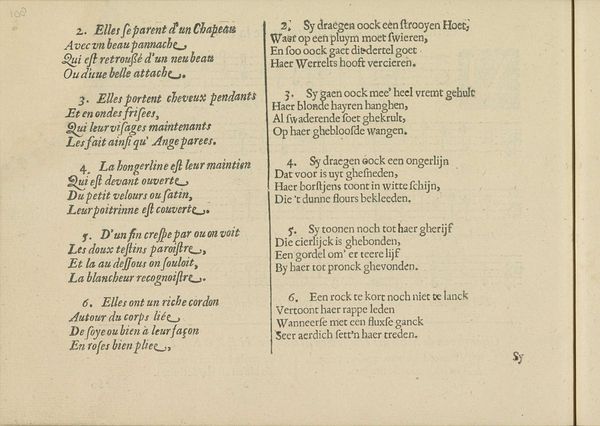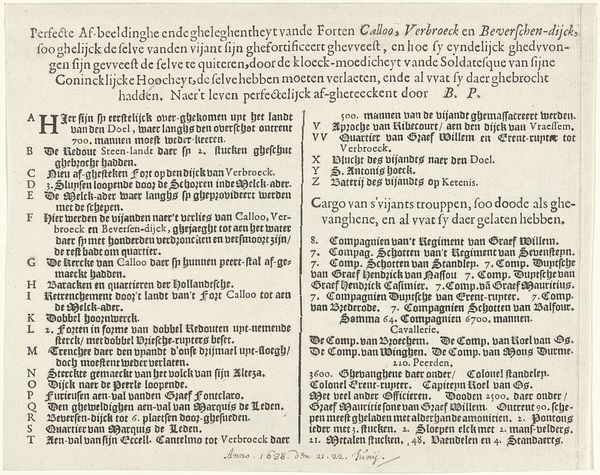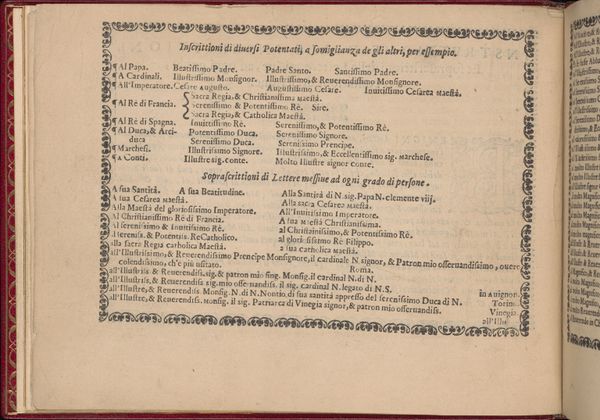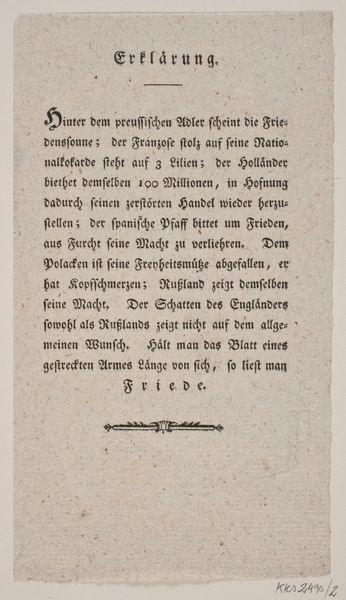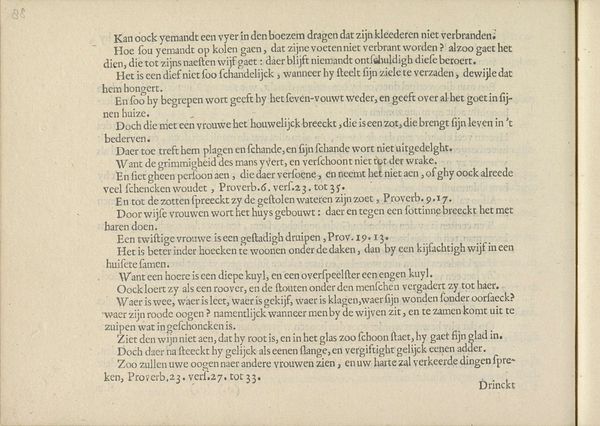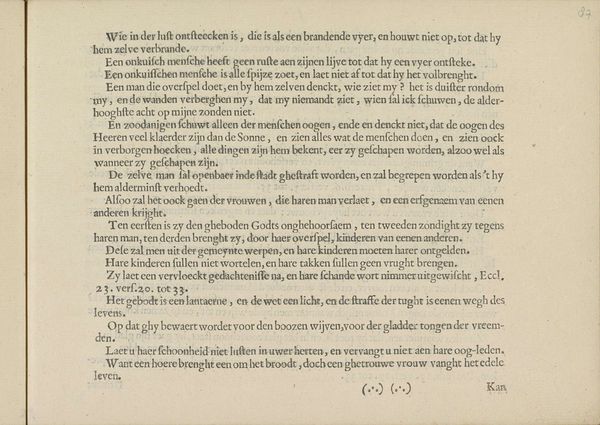
Tekstblad bij de begrafenis van Willem Lodewijk, graaf van Nassau, in de Grote Kerk te Leeuwarden, 1620 1620
0:00
0:00
print, textile, paper, typography
#
dutch-golden-age
# print
#
textile
#
paper
#
typography
Dimensions: height 124 mm, width 122 mm
Copyright: Rijks Museum: Open Domain
This printed text sheet by Claes Jansz. Visscher lists the names of dignitaries present at the funeral of Willem Lodewijk in Leeuwarden in 1620. Though seemingly simple, lists such as this carry their own symbolic weight. In ancient Egyptian art, lists of conquered territories or provisions were common, serving as declarations of power. In medieval Europe, lists of saints were displayed to invoke divine protection. This practice transcends time and space. The very act of naming is powerful, a way of establishing order and control over chaos. Like the Egyptian pharaohs and medieval clerics, Visscher uses the list to instill a sense of order in the face of mortality, reinforcing social structures and hierarchies. The names and titles act as talismans against the void, a means of preserving memory. This act of memorialization, a desire to impose order on the ephemeral, connects us to the primal need to ward off oblivion.
Comments
No comments
Be the first to comment and join the conversation on the ultimate creative platform.
